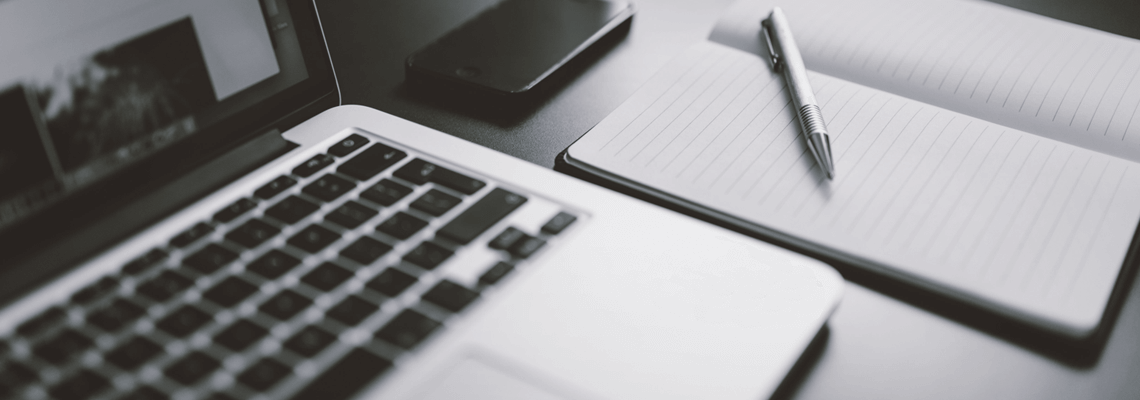
Priority Debts in an Asset Chapter 7 Case
Your Chapter 7 trustee may pay your priority debts—in full or in part—through the proceeds of the sale of your unprotected, not exempt assets.
Our last blog post was about what happens to priority debts in a no-asset Chapter 7 case. Most consumer “straight bankruptcy” Chapter 7 cases are no-asset ones. This means that the bankruptcy trustee does not take anything from the debtor because everything is protected, “exempt.” The trustee does not take and liquidate any assets, and has nothing—no assets—to distribute to the debtor’s creditors. That’s a no-asset Chapter 7 case.
No-Asset Case Even If Some Assets May Not Be Exempt
To understand how this actually works, sometimes a Chapter 7 case is a no-asset one even when not all assets are exempt. That’s because the bankruptcy trustee has some discretion about whether to collect and liquidate an otherwise unprotected asset. Here are three reasons why he or she may not pursue an asset:
The value of the asset, or the amount beyond the exemption, is too small to justify the trustee’s collection efforts. Example: A vehicle worth only a couple hundred dollars more than the vehicle exemption.
Finding and/or selling the asset may be too expensive compared to its anticipated value. Example: A debt owed to the debtor by somebody who can’t be located and likely has no reliable income.
The asset could be more of a detriment than a benefit to the trustee. Example: real estate with hazardous waste contamination.
Usually your bankruptcy lawyer will be able to reliably predict whether your Chapter 7 case will be an asset or no-asset case. But not always. The trustees have wide discretion about this. Plus before filing your lawyer doesn’t know which trustee will be assigned to your case. So you can’t always know whether a trustee will pursue an asset or not.
Paying Priority Debt through a Chapter 7 Asset Case
If you know that you will have an asset case, you can pay a priory debt through your case.
In our last blog post our main point was that in a no-asset Chapter 7 case you have to pay any priority debts yourself directly to your creditors after completing the case. But in an asset case, the trustee would pay any of your priority debts before any other debts. The trustee collects and liquidates your assets (any not protected by exemptions). From the proceeds he or she then pays your debts, only to the extent there’s money available.
So in the right case you can pay all or part of your priority debt(s) in this way. Often, there only enough money to pay towards the priority debt(s), along with the trustee’s fee. If so, then there’s no money to pay anything to your other, general unsecured debts. This way, the trustee would pay those (priority) debts that you’d have to pay anyway, and nothing to those (general unsecured debts) that bankruptcy would discharge and you’d not have to pay.
For Example
Assume you owe $4,000 to the IRS for last year’s income tax. You also owe $75,000 in medical bills and unsecured credit cards. If you filed a Chapter 7 case in which everything you owned was protected, that would be a no-asset case. The IRS debt is a priority debt that you can’t discharge (legally write off). So you would have to make arrangements to pay it after your Chapter 7 case was over. Most likely the case would discharge the $75,000 in other debts.
But now assume that you have a boat that you no longer want because it costs too much to maintain. There’s usually no exemption for a boat. So the Chapter 7 trustee takes and sells your boat. Let’s say the boat sells for $5,000. The proceeds of that sale would go to pay your tax debt before your other creditors would receive anything.
Usually a Chapter 7 trustee receives a fee of 25% on the first $5,000 of assets liquidated and distributed. U.S. Bankruptcy Code Section 326(a). That’s $1,250 on the $5,000 boat sale proceeds, leaving $3,750 left over. All of that would go towards the $4,000 IRS debt, leaving a $250 balance owed. The trustee would have no money left over to pay towards your $75,000 in other debts. You would not have to pay any of that yourself because your Chapter 7 case would very likely discharge it. You would only have to pay the not-discharged remaining balance of $250 on the tax debt.
Conclusion
In some circumstances paying a priority debt in a Chapter 7 case is not a bad deal. This is especially true if you have an asset not protected by an exemption that you don’t mind surrendering. Usually you would be personally on the hook to pay a priority debt after your Chapter 7 is finished. So if you surrender a non-exempt asset to the trustee and most of its proceeds go to pay towards your priority debt, that’s a good result.
These situations don’t necessarily fall together as neatly as in the above example. But this option is worth looking at with your bankruptcy lawyer whenever you have a the combination of a non-exempt asset and priority debt(s).